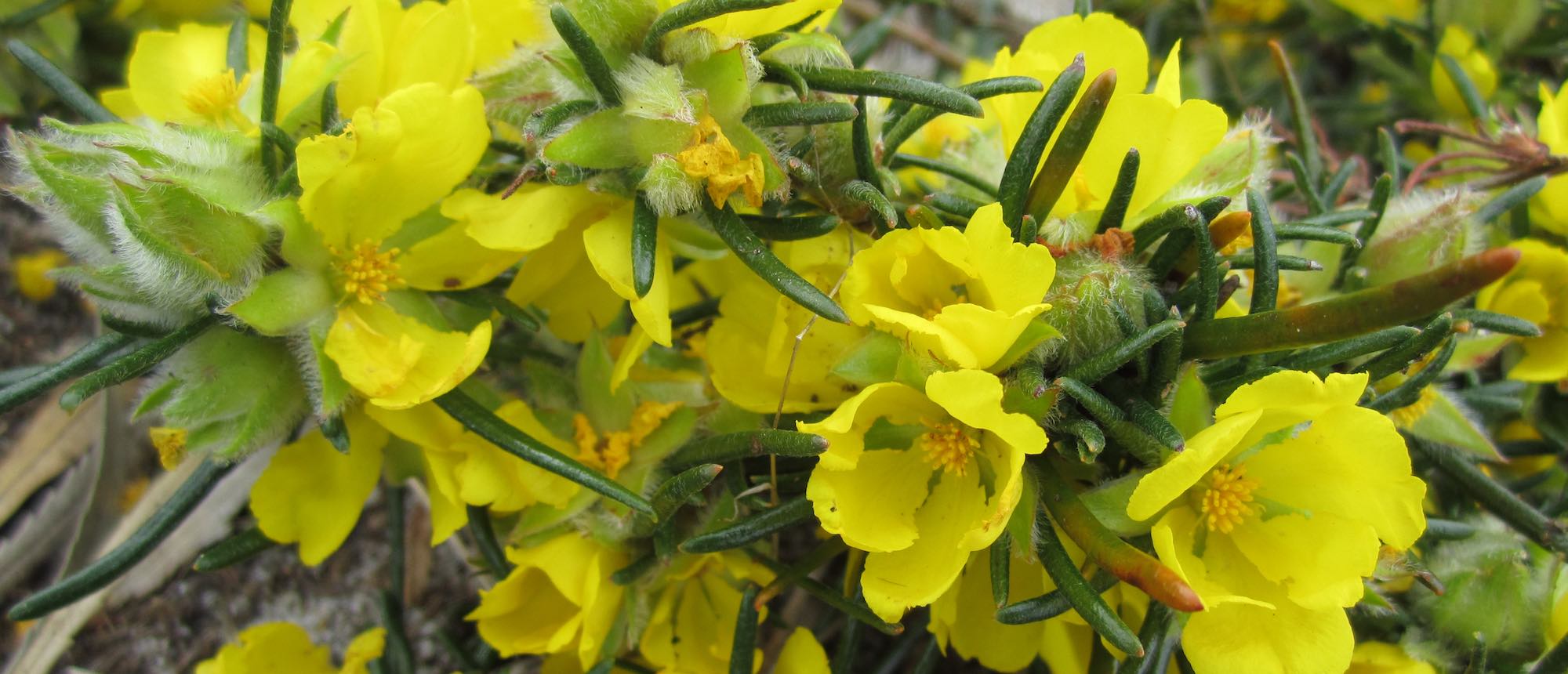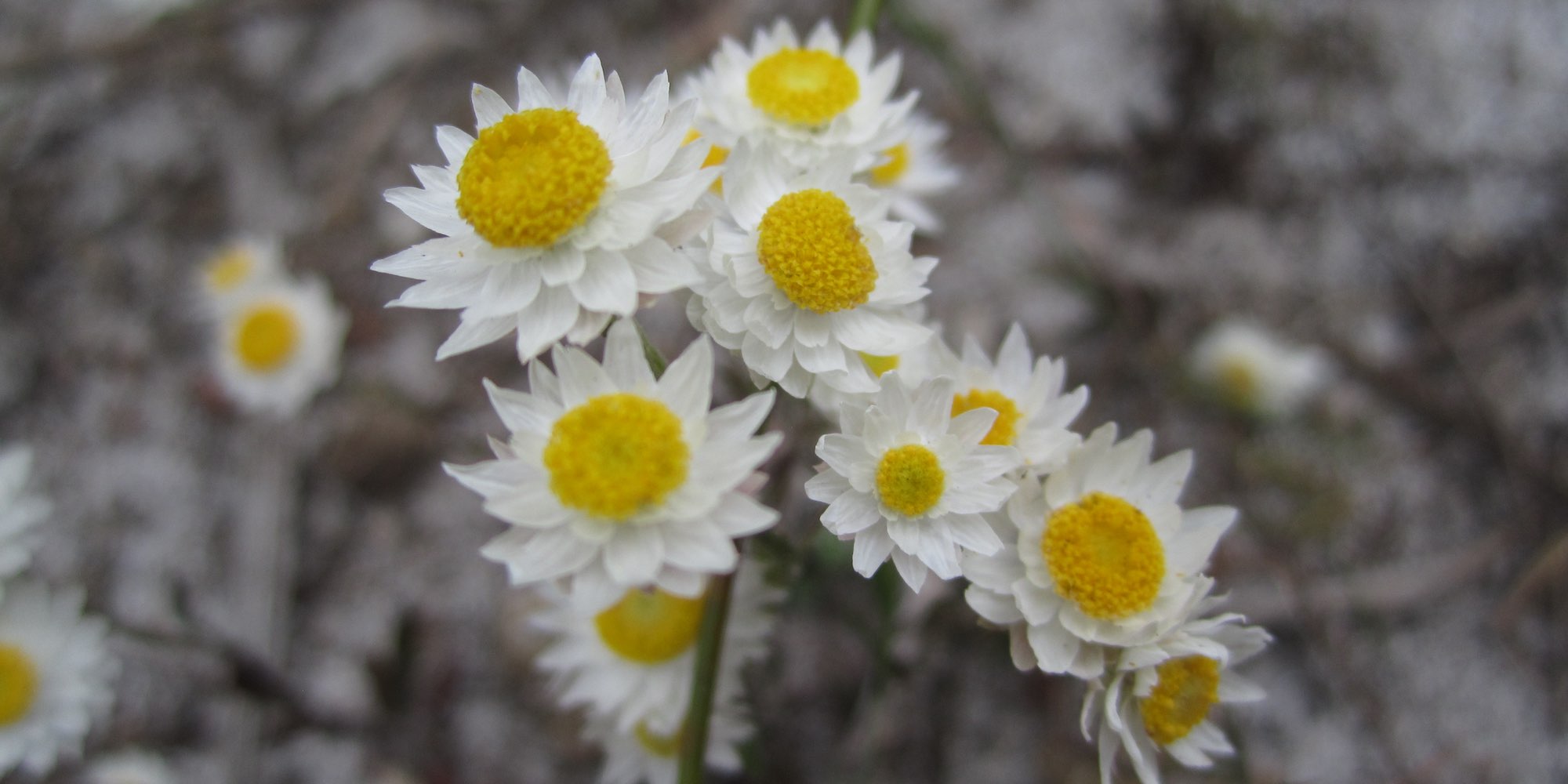
With 33% green space and plenty of retained nature reserves, there’s a stunning array of wildflowers in Lake Treeby estate. Many are native to the areas of Treeby, Banjup & Piara Waters. You’ll be able to spot these as you stroll along our future walk trails. See if you can spot some of our wildflowers below and if it feels like a place you might like to live, we have plenty of land stock available.
Prior to development, an assessment of Lake Treeby found 37 conservation significant flora species potentially occurring in in or near to Treeby, including Caladenia huegelii, a declared rare flora (DCF). Some of the nature reserves surrounding Lake Treeby have been retained, in part, to conserve these wildflowers.
Spotting Wildflowers In The Estate
King Spider Orchid – Caladenia huegelii

This rare wildflower is more commonly known as the King Spider Orchid (or the Grand Spider Orchid or Rusty Spider Orchid).
‘Not only is it rare to find, it’s also rare to see it in bloom. It only flowers for a few weeks during September to October and doesn’t bloom every year. It usually grows 30–70 cm high, and has just one or two beautiful flowers when in bloom.
If you’re lucky, you might spot some from around the edges of our large nature reserves. We also relocated some to Kings Park for propagation, to further ensure the species survival in Western Australia. You can read more about our sustainability initiatives here.
Local aboriginal people baked or roasted the roots, or turned them into a paste for cakes (source: Perth NRM). Given its critically endangered status, please don’t try this at home! Learn more about the indigenous history at Lake Treeby here.
Candlestick Banksia – Banksia attenuata
 Common names of this banksia include the slender banksia, candlestick banksia or biara to the local Nyoongar people.
Common names of this banksia include the slender banksia, candlestick banksia or biara to the local Nyoongar people.
It is found from north of Kalbarri all the way down to Cape Leeuwin and can live for up to 300 years – sometimes becoming a tree of up to 10m tall. However, in drier areas, it is often a much smaller shrub that ranges from 40cm to 2m tall.
The bright yellow flower spikes appear in spring and summer. Honeyeaters and the honey possum love to visit this sweet tasty flower for food and to help it pollinate.
Everlasting Daisy – Waitzia suaveolens
 Fragrant waitzia is an annual herb in the family Asteraceae – the daisy family.
Fragrant waitzia is an annual herb in the family Asteraceae – the daisy family.
They love blooming after bushfires, but may not be seen for many years in between fires.
You’ll find them all across the south-west of Western Australia. The plants grow to 0.6 metres in height and flower between September and January. However, hot, dry weather will cut short the flowering period.
Yellow Buttercups – Hibbertia hypericoides

The bright yellow buttercups or Hibbertia hypericoides belong to a spreading style of shrub that typically grows to a height of 30-80cm. It grows in a variety of places from Dongara to Augusta, and can be found in the Banksia woodland of Lake Treeby. Other Dilleniaceae family include the Hibbertia huegelii, Hibbertia racemosa, and Hibbertia subvaginata.
Cow Slip Orchid – Calendia flava

The cowslip orchid is a fairly common orchid in the South West of Australia. It’s characterised by a single, hairy leaf and up to three yellow flowers which often have red markings. It usually flowers during July – December.
Lake Treeby Climate
The climate is classified as Warm Mediterranean, with a mean minimum of 11.4 and a mean maximum of 24.5. Rainfall averages at 829mm per year. Find out more interesting facts about Lake Treeby here.
More Creatures & Flowers
Check out more local flora and fauna in the links below:
